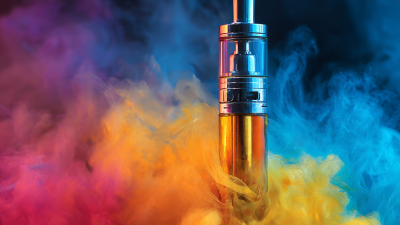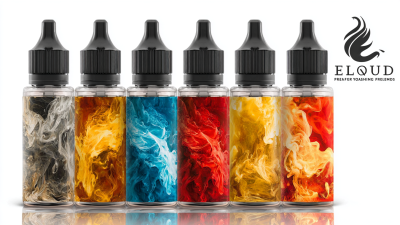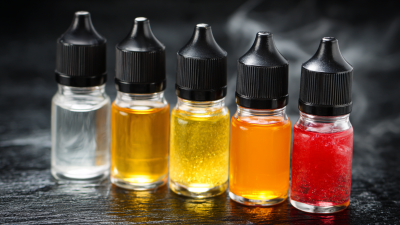

In recent years, the vaping industry has experienced exponential growth, with the global e-cigarette market projected to reach $45.03 billion by 2027, according to a report by Grand View Research. Central to this surge is the diverse world of Liquid Cigarette Flavors, which plays a pivotal role in attracting both seasoned vapers and newcomers alike. With thousands of flavor variations available, from classic tobacco to exotic fruits and desserts, the flavor profiles significantly impact consumer preferences and buying behaviors. A survey conducted by the National Institute on Drug Abuse found that over 70% of teenagers cited "flavor" as a primary reason for their use of e-cigarettes. This comprehensive guide aims to explore the myriad options within Liquid Cigarette Flavors, providing valuable insights into the tastes that define the vaping experience and their implications on health and market trends.
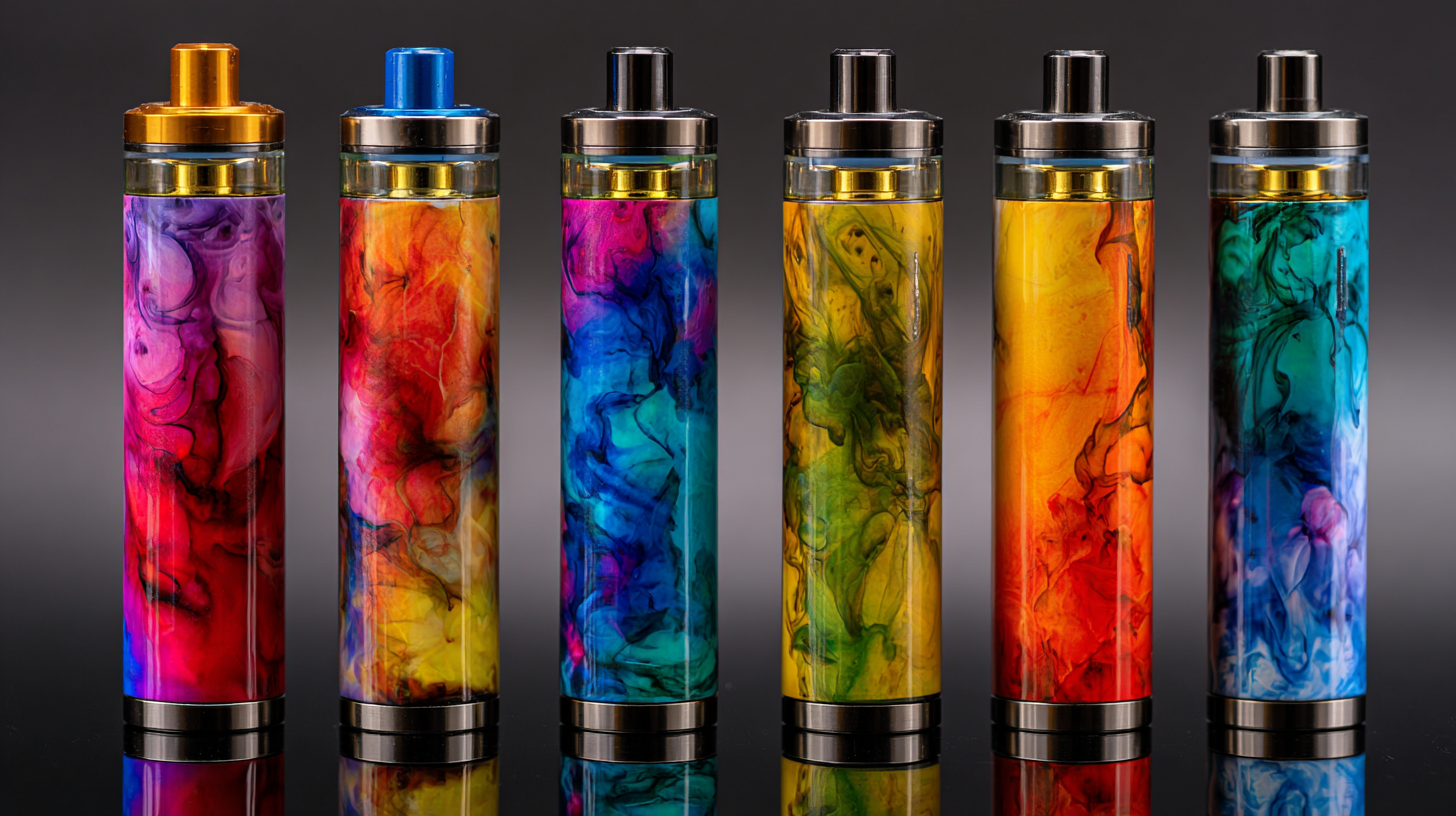
The evolution of liquid cigarette flavors has a rich history that traces back to the early days of vaping. Initially, e-liquids were primarily created to replicate the taste of traditional tobacco, catering to smokers looking for a less harmful alternative. However, as the vaping community grew, so did the demand for diverse flavor profiles. Flavors such as menthol, vanilla, and fruity concoctions began to emerge, appealing to a wider audience and allowing manufacturers to innovate beyond mere tobacco mimicry.
Throughout the years, the introduction of advanced flavoring techniques has further transformed the landscape of liquid cigarette flavors. The 2010s saw an explosion of unique blends, from dessert-themed options like cheesecake and donut to exotic fruit combinations that tantalized the taste buds. This burgeoning diversity not only enhanced the vaping experience but also sparked debates around safety regulations and health implications, as some flavors were argued to attract younger users. As the industry continues to advance, the historical trajectory of liquid cigarette flavors reflects both cultural shifts and the evolving preferences of consumers in the quest for a more personalized vaping experience.
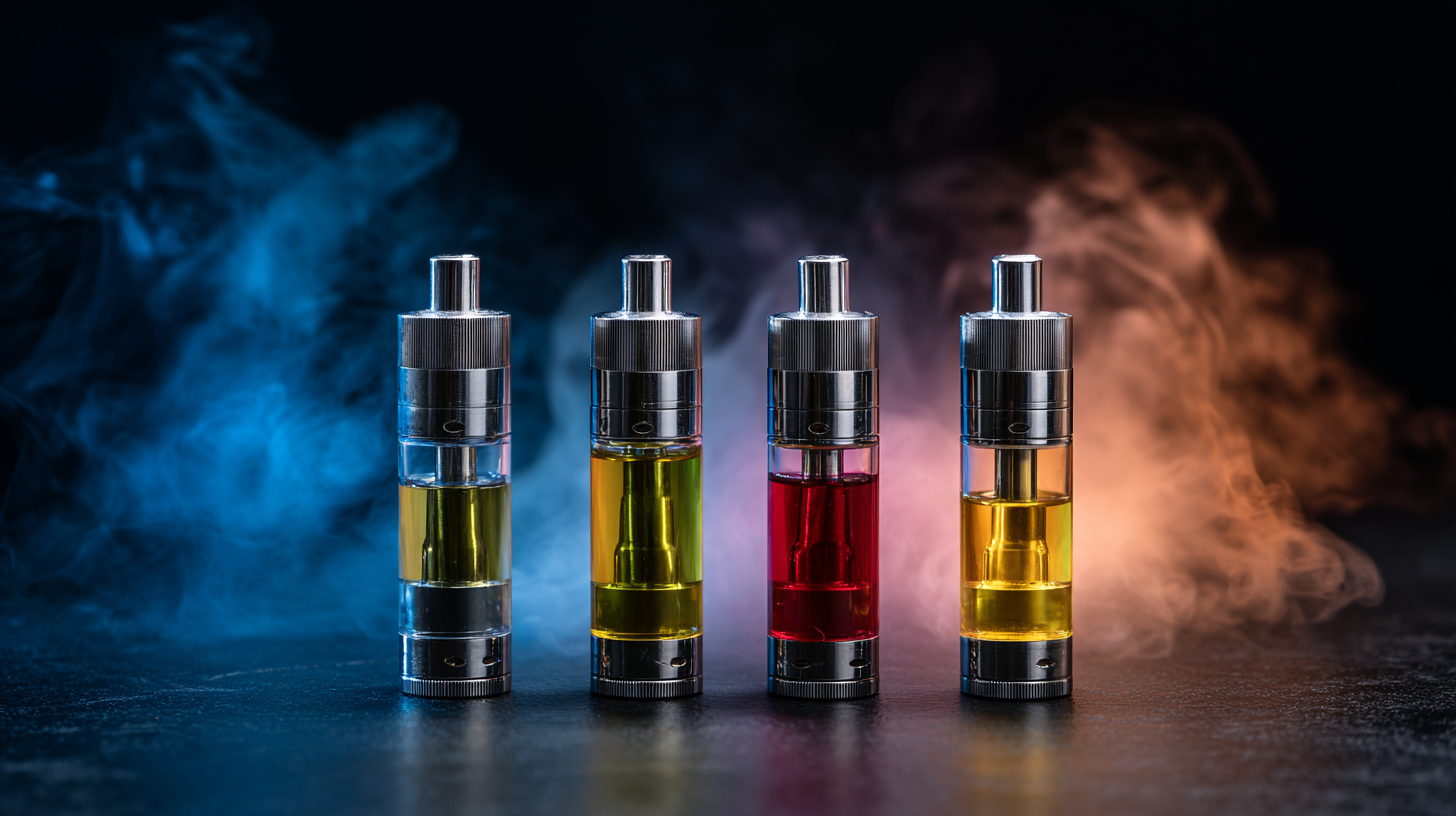 When it comes to vaping, flavor profiles play a crucial role in the overall experience. The array of liquid cigarette flavors available can be daunting, but understanding the most popular options can help enthusiasts make informed choices. Fruity flavors, such as strawberry, watermelon, and mixed berry, are often favored for their refreshing and sweet profiles, evoking a sense of nostalgia and summer vibes. Meanwhile, dessert flavors like vanilla custard, chocolate fudge, and cheesecake cater to those with a sweet tooth, providing a satisfying treat without the calories.
When it comes to vaping, flavor profiles play a crucial role in the overall experience. The array of liquid cigarette flavors available can be daunting, but understanding the most popular options can help enthusiasts make informed choices. Fruity flavors, such as strawberry, watermelon, and mixed berry, are often favored for their refreshing and sweet profiles, evoking a sense of nostalgia and summer vibes. Meanwhile, dessert flavors like vanilla custard, chocolate fudge, and cheesecake cater to those with a sweet tooth, providing a satisfying treat without the calories.
Savory and unique flavors also find a significant audience. Menthol, with its cool and invigorating sensation, offers a classic experience reminiscent of traditional cigarettes but with a smoother finish. More adventurous options, such as coffee, mint, or even savory flavors like bacon or pickles, push the boundaries of vaping and appeal to those looking to explore beyond the typical sweet or fruity notes. This diversity in flavor profiles allows vapers to tailor their experience to their preferences, ensuring that there is something for everyone in the ever-expanding world of liquid cigarette flavors.
The choice of propylene glycol (PG) and vegetable glycerin (VG) is crucial for vaping enthusiasts, as these two primary base liquids significantly influence the taste experience of liquid cigarettes. PG is known for its ability to provide a stronger throat hit, which many vapers find reminiscent of traditional smoking. This compound also acts as an excellent flavor carrier, allowing the intricacies of various e-liquid flavors to shine through. Consequently, e-liquids that have a higher PG content tend to deliver a more pronounced flavor profile, making them a popular choice for those seeking a robust taste.
On the other hand, VG offers a sweeter and smoother vaping experience. With its thicker consistency, VG produces voluminous vapor clouds that enhance the overall sensory experience of vaping. The sweetness of VG can also complement various flavors, creating a more rounded and satisfying taste. For enthusiasts looking to balance both flavor intensity and vapor production, a mix of PG and VG often leads to a personalized vaping experience, allowing for experimentation with different ratios to find the perfect combination tailored to individual preferences.
In the rapidly evolving vaping industry, understanding the regulations surrounding flavor ingredients is crucial for both manufacturers and consumers. Flavorings for e-liquids are subject to specific guidelines established by health authorities, which vary significantly across different regions. In the United States, for instance, the Food and Drug Administration (FDA) has imposed strict regulations to ensure that the ingredients used in vaping products are safe for consumption. This raises important questions about the sources and quality of flavoring agents in liquid cigarettes, as manufacturers must navigate the complexities of compliance while catering to consumer preferences.
Moreover, the demystification of flavor ingredient regulations involves distinguishing between what is considered safe and what may pose health risks. Many flavor compounds used in e-liquids are derived from food-grade sources, yet their effects when vaporized can differ significantly from when ingested. As vaping continues to attract attention, both regulatory bodies and consumers are increasingly focused on the transparency of ingredient sourcing. It is essential for vaping enthusiasts to stay informed about the latest developments in flavor ingredient regulation to make knowledgeable choices that prioritize their health and enjoyment of vaping experiences. This awareness empowers consumers to advocate for safer products in a market often clouded by misinformation.

When exploring the world of liquid cigarette flavors, choosing the perfect vape juice can significantly enhance your vaping experience. The market is brimming with options, from fruity and dessert flavors to more traditional tobacco blends. Each type of flavor can evoke different sensations and preferences among users. Vaping allows enthusiasts to control not only the intensity of flavor but also the type of vapor produced, making it a versatile choice compared to traditional cigarettes.
Tips for Choosing the Perfect Liquid Cigarette Flavor for Your Preferences: Start by considering the type of experience you desire. If you enjoy sweet profiles, indulge in dessert flavors or fruity concoctions that can elevate your mood. On the other hand, if you prefer a more classic approach, look for tobacco-flavored liquids that replicate the taste of traditional cigarettes. Additionally, don't hesitate to experiment with different flavors; many brands offer sample packs that allow you to discover new favorites without committing to a larger bottle.
Moreover, pay attention to the nicotine strength in the vape juices you choose. Beginners might benefit from a higher nicotine content to satisfy cravings, while experienced vapers may opt for lower concentrations for a smoother experience. As you refine your preferences, you'll find that the world of liquid cigarette flavors can be a personal journey, tailored to your taste and needs.
